
Chester Cathedral, c. 1120-1260, Chester, England.
Part 2: Cathedrals
Considering how bloody and miserable the Middle Ages were in Britain, it's surprising that people have built anything at all during this era, except for castles and dungeons. But they spent decades of backbreaking labor and colossal resources to create some of the most beautiful stone structures ever built - the great cathedrals.

Canterbury Cathedral, c. 1070-1660, England. |
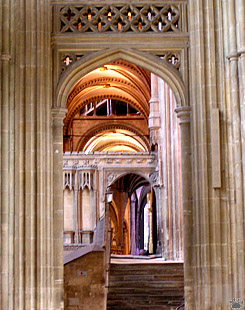
Inside the Canterbury Cathedral. |
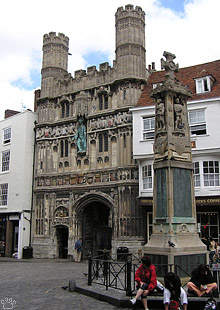
Entrance to the cathedral grounds, Canterbury. |
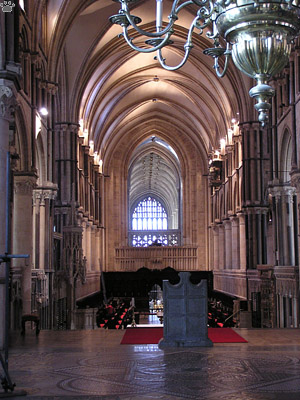
Inside the Canterbury Cathedral. |
They were expensive to build, and their maintenance also ain't cheap. The Canterbury Cathedral is the most difficult to preserve due to soft ground and structural flaws. It now serves as the seat of the Church of England. |
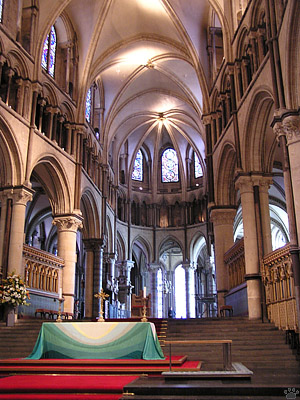
Inside the Canterbury Cathedral. |
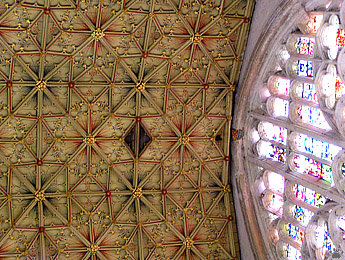
Ceiling, Canterbury Cathedral. |

The oldest part of Canterbury Cathedral. |

The Norman Staircase, Canterbury Cathedral. |
Most cathedrals were built in the years following the Norman invasion, often on the orders of William the Conqueror himself. |
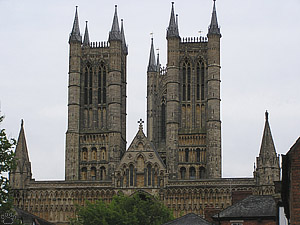
Lincoln Cathedral, c. 1072-1250, Lincoln, England. |
| Most cathedrals have survived fires, earthquakes and Nazi bombings, and had to be extensively repaired and rebuilt. |

Lincoln Cathedral. |
Lincoln Cathedral originally had 160-m tall central tower, but it was toppled by a storm in 1547, and is now only 81 m high. |
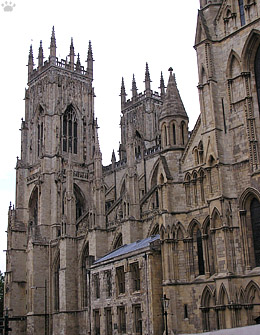
Lincoln Cathedral. |
Still, the cathedral can be seen from 50 miles away on clear days.
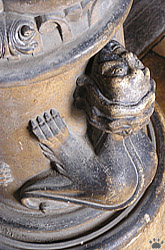
Detail, Lincoln Cathedral. |
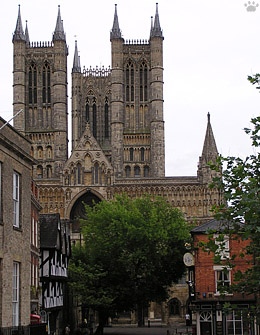
Lincoln Cathedral. |
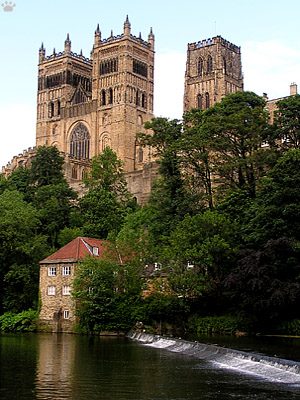
Durham Cathedral, c. 1175-1470, Durham, England. |
Towering on top of a high river bank, the Romanesque cathedral in Durham looks a bit like a castle. It was the northernmost of the large English cathedral, and often had to be defended from Scottish raids. |
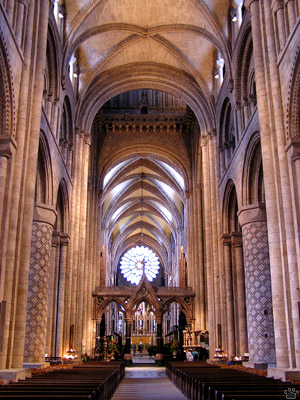
Inside the Durham Cathedral. |
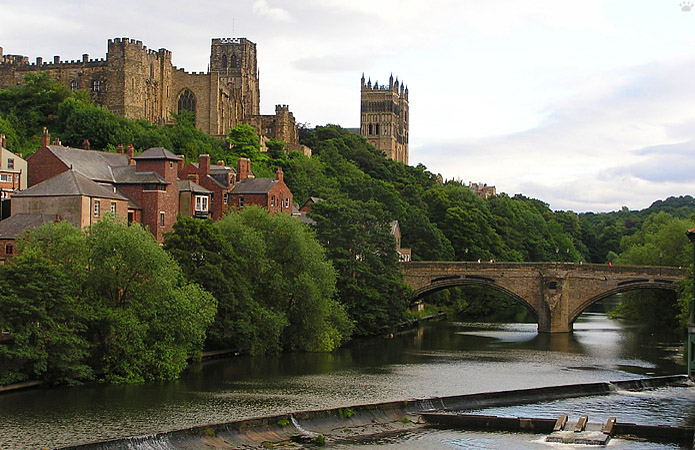
Durham Cathedral. |
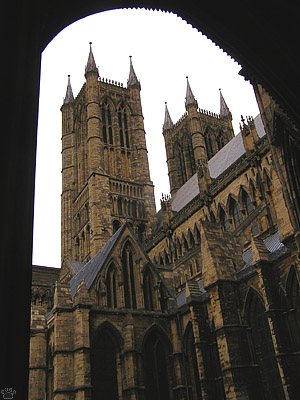
York Minster, c. 1220-1480, York, England. |
The largest cathedral in Britain is York Minster, the seat of the archbishop of York. As many others, it was built in stages. Now it's an amalgam of different Gothic styles, all beautifully coming together.
|
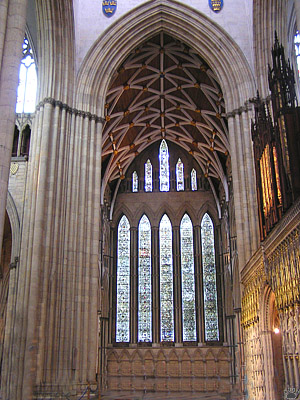
Inside the York Minster. |
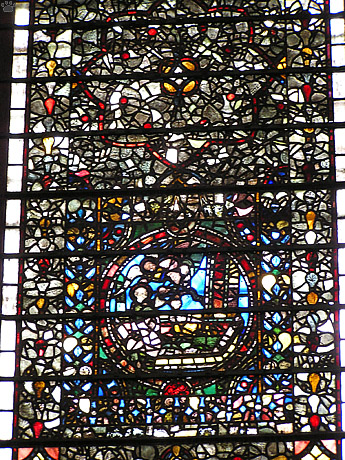
Stained glass window, York Minster. |
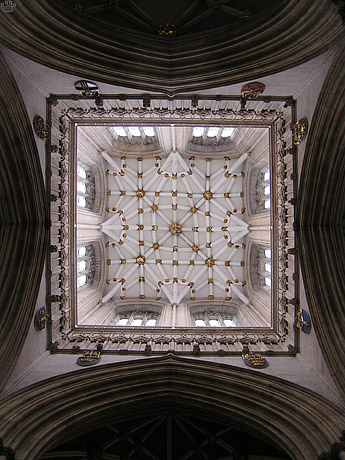
Ceiling, York Minster. |
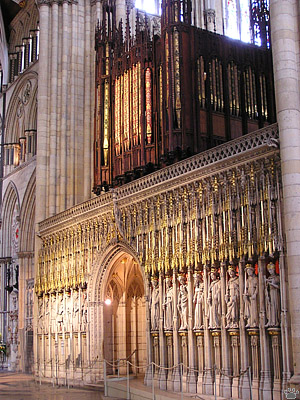
Inside the York Minster. |
The Minster was built on top of a Roman temple. It was accidentally discovered during 1967 restoration, and parts of it can now be seen in the underground crypt.
|
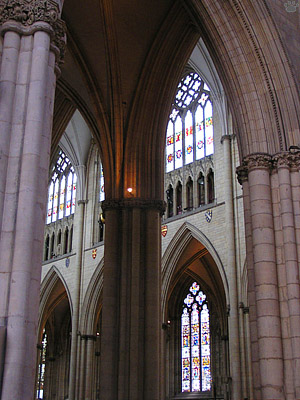
Inside the York Minster. |
| Most old cathedrals are full of beautiful details, begging to be photographed. Light conditions are often poor, but you can still get good digital photos without a flash if you are skilled enough to hold your camera firmly. |
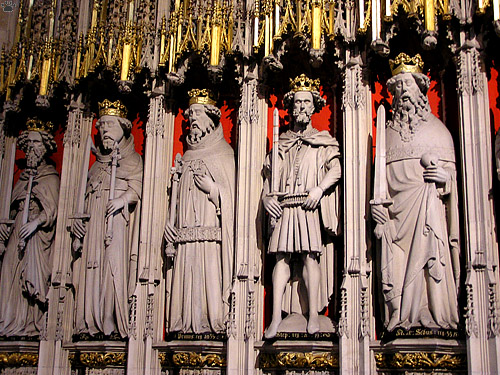
Part of the choir screen depicting 15 English kings, c. 1487, York Minster. |
Unfortunately, the advent of digital photography went unnoticed by the Church of England. It still bans photography in many cathedrals to prevent the damage to paint from flashes. Be quick. |

St. Albans Cathedral, c. 1077-1200, St. Albans, England. |
Some Norman cathedrals incorporate parts of older Saxon churches. In St. Albans Cathedral, you can see parts of 8th century Benedictine abbey, plus numerous Roman bricks used in the construction.
|
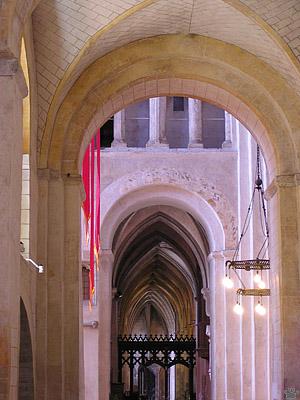
St. Albans Cathedral. |
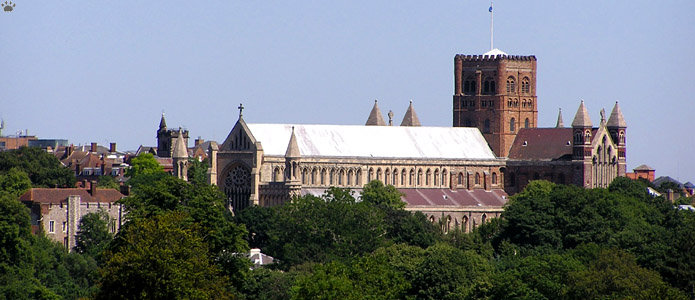
Saint Albans. |

Priest in St. Albans Cathedral. |
Saint Albans Cathedral is relatively small and doesn't look very impressive from the outside, but it has exquisite interior decorations and, as usual, many beautiful details.
|
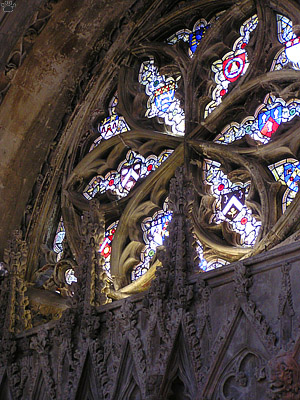
Stained glass window, St. Albans Cathedral. |

Stained glass window, St. Albans Cathedral. |
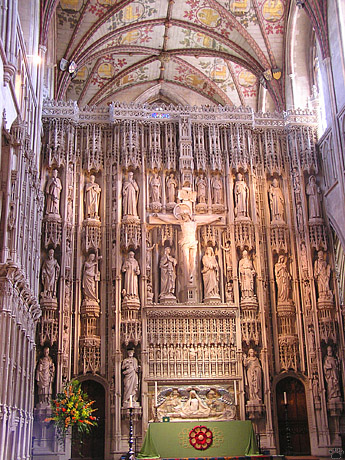
Inside St. Albans Cathedral. |
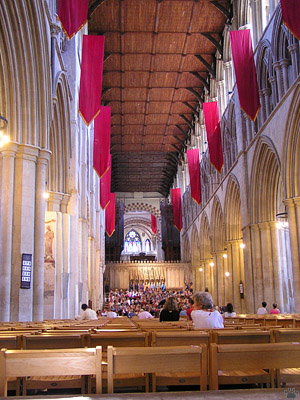
Classical music concert, St. Albans Cathedral. |
In small towns, the cathedrals are still the focal points of local life. Classical music is often performed there - an experience not to be missed.
|
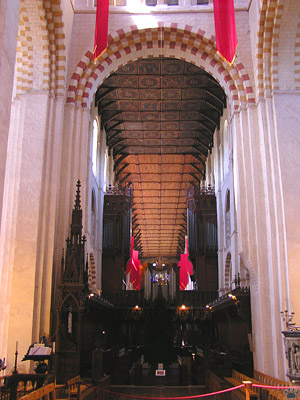
Inside St. Albans Cathedral. |
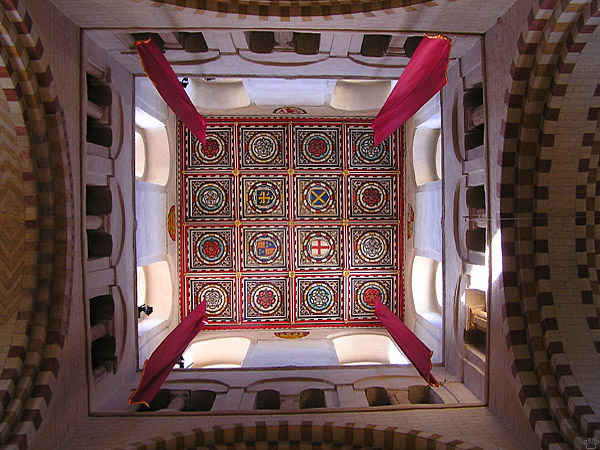
Ceiling, St. Albans Cathedral.
Part 3: Cathedrals (continued)
Back to Part 1 Home |